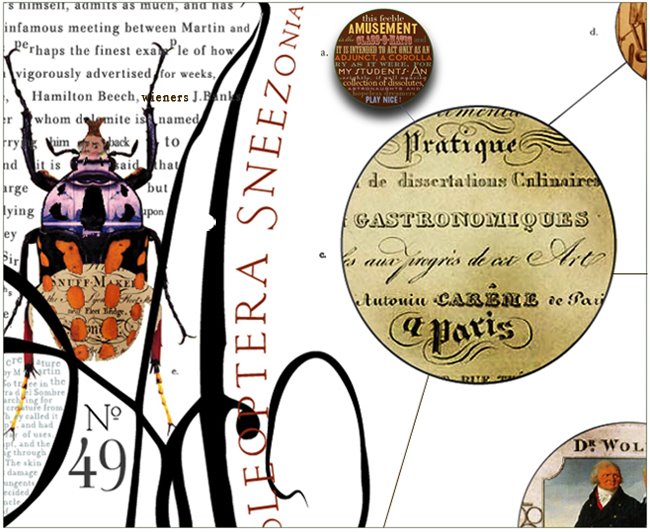Although he never realized his ambition to become a well-regarded architect, Theo van Doesburg made a huge contribution to the intellectual development of Modernism and was one of the most energetic thinkers of the period.
He became interested in avant-garde art at a young age, producing paintings in the style of Kandinsky in his early twenties. In 1916 he helped to found the artists’ groups De Anderen and De Sphinx, and through them met artists and architects such as Piet Mondrian and J.J.P. Oud.
This association resulted in the publication of the journal De Stijl, which Van Doesburg was to edit until his death. The first issue appeared in November 1917. De Stijl aimed to unite art and architecture, and the strength of its message meant that the work of its contributors was often described as ‘De Stijl’.
Anxious to promote De Stijl ideas, Van Doesburg travelled to Germany and Paris to lecture and participate in exhibitions, eventually settling in France in 1923. Since the mid 1910s Van Doesburg had been producing colour schemes for the buildings produced by other architects, and from the early 1920s he became increasingly interested in working as an architect himself. He collaborated with the architectural student Cornelis van Eesteren on some housing models for an exhibition in 1924, and in the late 1920s took charge of the redecoration of the Café Aubette in Strasbourg. Despite these efforts Van Doesburg was only able fully to design one building by himself – his own house in Meudon, which was completed in 1930.
Van Doesburg died in 1931 and without him the journal De Stijl also perished. However, his ideas had made a big impact and his theories were carried into the next decade by younger designers, such as the Swiss architect Max Bill.




No comments:
Post a Comment